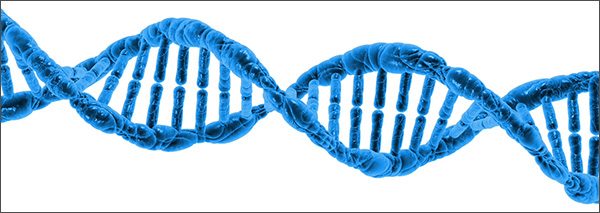‘Tis the season for genealogy. Time to interview family about the past.
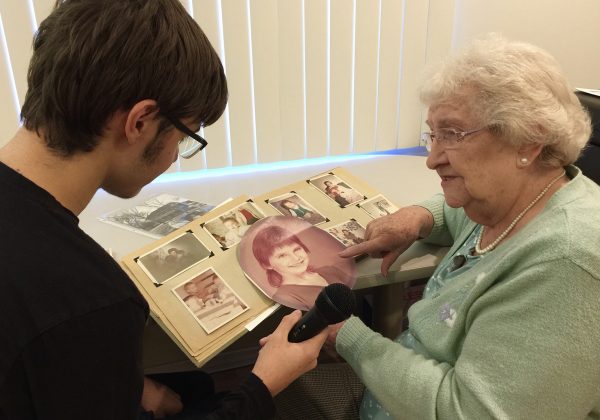 Now that families are getting together for the holidays, it’s the perfect time to talk to relatives and learn more about your family history.
Now that families are getting together for the holidays, it’s the perfect time to talk to relatives and learn more about your family history.
Move quickly because time is running out. Speak to the senior members of your clan – your parents, grandparents, older aunts and uncles, and cousins-once-removed. Next year they may not be here to share their stories. Sadly, when they are gone, part of your family history dies with them, like treasures lost forever.
Whatever your experience level, chatting with your family to gather information is one of the most necessary and productive activities in studying genealogy. “It is the stories that keep people alive,” says historian and biographer Doris Kearns Goodwin. You tap into new personal information about individual family members, and you experience each as an eyewitness to history.
Tips to help start the memories flowing
Have a friendly conversation in a relaxed setting. You don’t want your relative to feel pressured, but chances are they will be delighted in your interest.
– Prepare a list of questions in advance, but don’t feel you have to stick to any order. Start with open-ended thoughts like: “What are the biggest changes you’ve seen in your life?” “Do you remember what you were doing when you first learned President Kennedy was shot?” After you spark up the discussion, ask more factual questions, such as: “Where you were born?” and “Where did you grow up?” Find out number of children and siblings; birth, marriage and death dates; where people lived; what they did for a living, among others.
– Don’t just ask questions. Take part in the conversation, make eye contact, and show what you’re feeling. Let your relative’s memories unfold, whether they are happy or sad. My father’s cousin remembered a fateful Thanksgiving that changed the relationship of my grandfather and his brother on adjoining farms. But there were also happy memories: the women carrying ginger water out to the thirsty men working in the fields, a faithful dog who protected my father as a child as he roamed under blue midwestern skies, and the sight of red cardinals on bird feeders during harsh winters.
– To kindle nostalgia, bring photos, documents, the family tree, pedigree charts, and family group sheets, among others. Ask your relative in advance if they have any keepsakes, photos, birth-marriage-death certificates, letters, journals and other records to share. And, if it’s okay with them, take photos of these important pieces of history with your smartphone or camera, which will allow you to add valuable sources to all the personal data you’ve collected.
– Take good notes. With permission, you can also record or video the conversation to refer to later. Because recording formats change over the years, make sure you transcribe the conversation to share with future generations.
– Show friendly interest. Be thankful for their time and contribution to “our family story.” Unless you feel your relative is tiring or wants to keep going, expect that the conversation could last from one to two hours.
Chances are you will finish this fascinating family history discussion with a new heart-to-heart connection with your relative. These personal narratives link us to the past, but they also shed new light on the present, bonding us to each other and our sense of family and community. Armed with the insights you gather from others, you’ll be more than ready to record new information and stories for future generations. It’s now up to you.
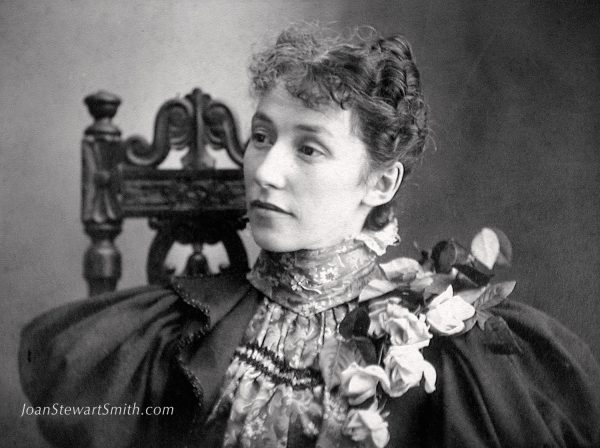

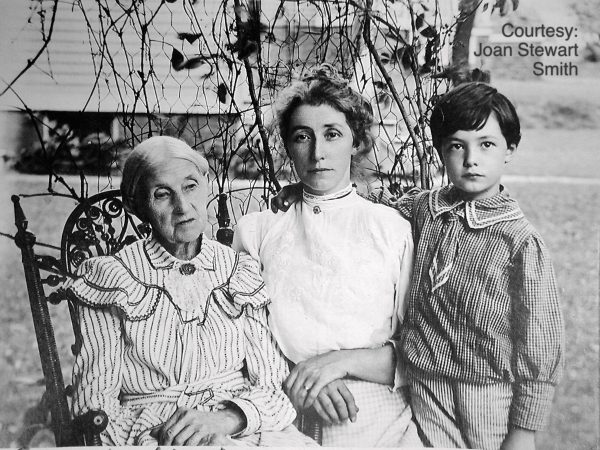
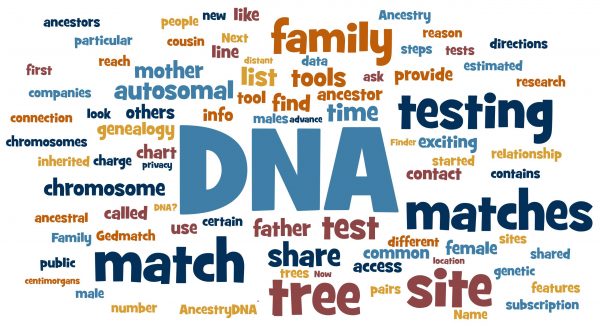

 8. After you set up your info and settings, it’s time to get started and contact a match. Choose a person that your testing company predicts is a good match. Check out his/her ancestral names and family tree, if they provide them, and how much DNA you share, if your site provides the tools. Example of email initiating contact:
8. After you set up your info and settings, it’s time to get started and contact a match. Choose a person that your testing company predicts is a good match. Check out his/her ancestral names and family tree, if they provide them, and how much DNA you share, if your site provides the tools. Example of email initiating contact: